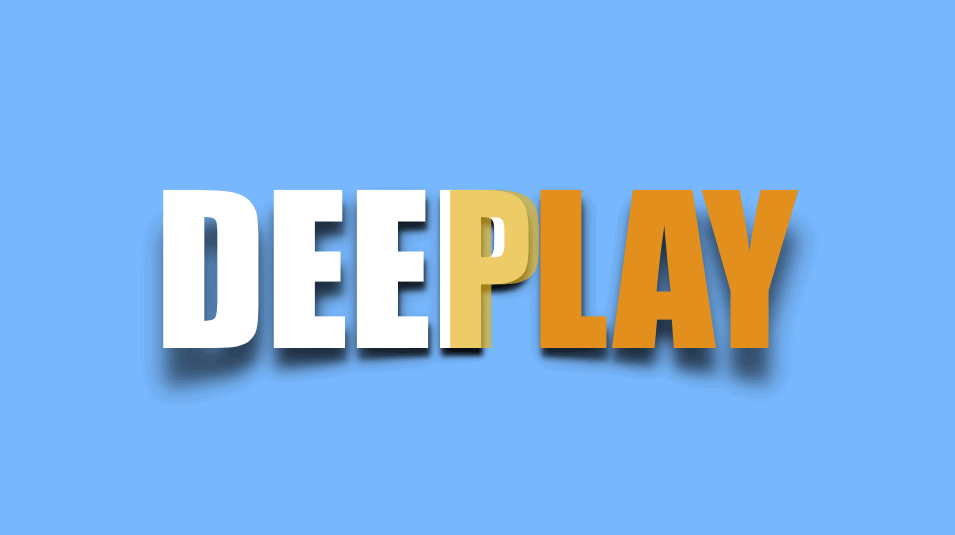I am trying to live blog the conference: Symposium on Education Technology in Schools: Converging for Innovation & Creativity [Full agenda here]. Let us see how far I can keep this up.
August 20: Morning session: The pre-conference session has been about meeting old friends and making new ones. Met met Aakash Sethi and Radha Ganesan the people behind the conference. Another old friend I connected with again is Sasikumar (at the CDAC research center), and Santosh Panda (with IGNOU) . Sasikumar had invited me to present a keynote many years ago at the Vidyakash conference, which was where I met Radha Ganesan (at that time a graduate student at Syracuse with Michael Spector), which in some way led to this invitation (small world indeed).
New friends two BITSians include K. S. Viswanathan, head of New Initiatives with the Azim Premji Foundation; and Manas Chakrabarti at Learning by Design.
I also met Bob Kozma with SRI, Dileep Ranjekar (CEO Azim Premji Foundation), Lalith Prasad (American India Foundation), Nidhi Jain Seth (Global Academic Zone).
Conference started with an introduction by Radha and followed by short presentations by Aakash Sethi (Quest Alliance), Sanjay Sinho (American India Foundation), Anshul Sonak (Intel Education) & Dileep Ranjakar (Azim Premji Foundation).
Aakash gave a great example with a little story and demonstration. A quick google search led me this…
Launch Of An Russian Tea Bag Space Ship
In his presentation, Sanjay Sinho brought up a critical question: How do we measure to the results and we Need to go beyond how many computers have been installed? How many teachers have received workshops? To go beyond instrumental concerns such as these to deeper pedagogical issues.
He also spoke of 4 major challenges
1. Difference between computer aided education and computer education
2. Capacity building of teachers
3. Disconnect between various stakeholders
4. Sustainability
Anshul Sonak was the first person to use PPT. Spoke to the interdisciplinary nature of todays educators – which was a good point given the range of expertise here. Anshul is a emphatic and excited speaker but boy was he loud. I could literally see people flinch as his voice slammed into us. That said, give me a excited and passionate speaker any day…
The introductory keynote was provided by Professor Dr. A K Jalaluddin, NEEV. After he was introduced all the plenary speakers were brought up on stage for a photograph. That was kind of cute…
Dr. Jalaluddin spoke from his extended knowledge of the history of educational technology and education. The stories were funny and insightful – though it is hard for me to keep up with the narration. Here is one key quote I did manage to keep. The year is 1984 and Queen Elizabeth and her team visited India and spoke about using microcomputers to people in the ministry. This led the the then PM, Indira Gandhi, “I have seen how computers are used in UK schools. Can we immediately introduce this in 250 KV in India. We would like this to happen in 5 months.”
He also spoke of making a distinction between technology, cultural technology (when it enters the public sphere in a significant way) and educational technology. We have some understanding of going from the first to the second but very little of how we go from the second to the third.
I also got some insight in why India is not a part of the IEA international comparative education surveys. I now have a quasi answer to Jack Schwille’s perennial question about this.
That’s all for now. More later…


wow that clips its very cool
i`ll try it at home 😀
Your site doesn’t correctly work in safari browser